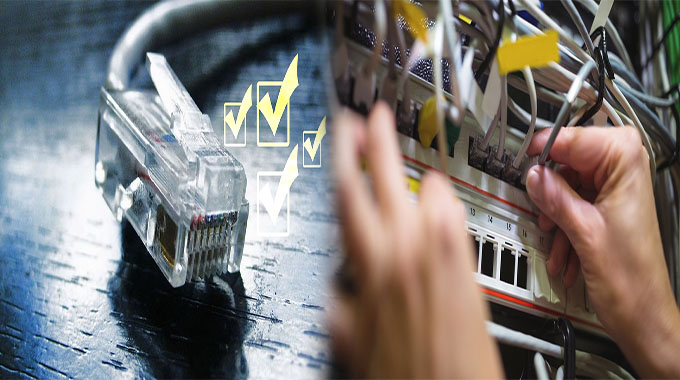Troubleshooting & Solving Your Networking Problems
It’s a sad fact that many people don’t know how to troubleshoot their own networks. In fact, they often don’t even realize they have a problem! This guide will help you solve common problems and keep your network humming along. I’ll start by showing you how to find out if there’s an issue with your internet connection or Wi-Fi connection. From there, we’ll go into detail about some of the most common issues with home and business networks: Wi-Fi connectivity problems, wired LAN/WAN issues, and connecting devices like TVs or gaming consoles to your network.
Wi-Fi
- Wi-Fi problems
- Wi-Fi not working
- Wi-Fi is slow or inconsistent
LAN/WAN
- LAN and WAN are terms used to describe the architecture of your network.
- LAN stands for local area network, while WAN stands for wide area network. A local area network is a group of computers that are connected together in a small geographical











